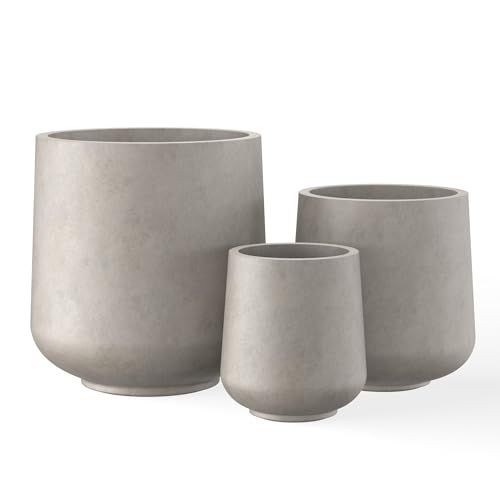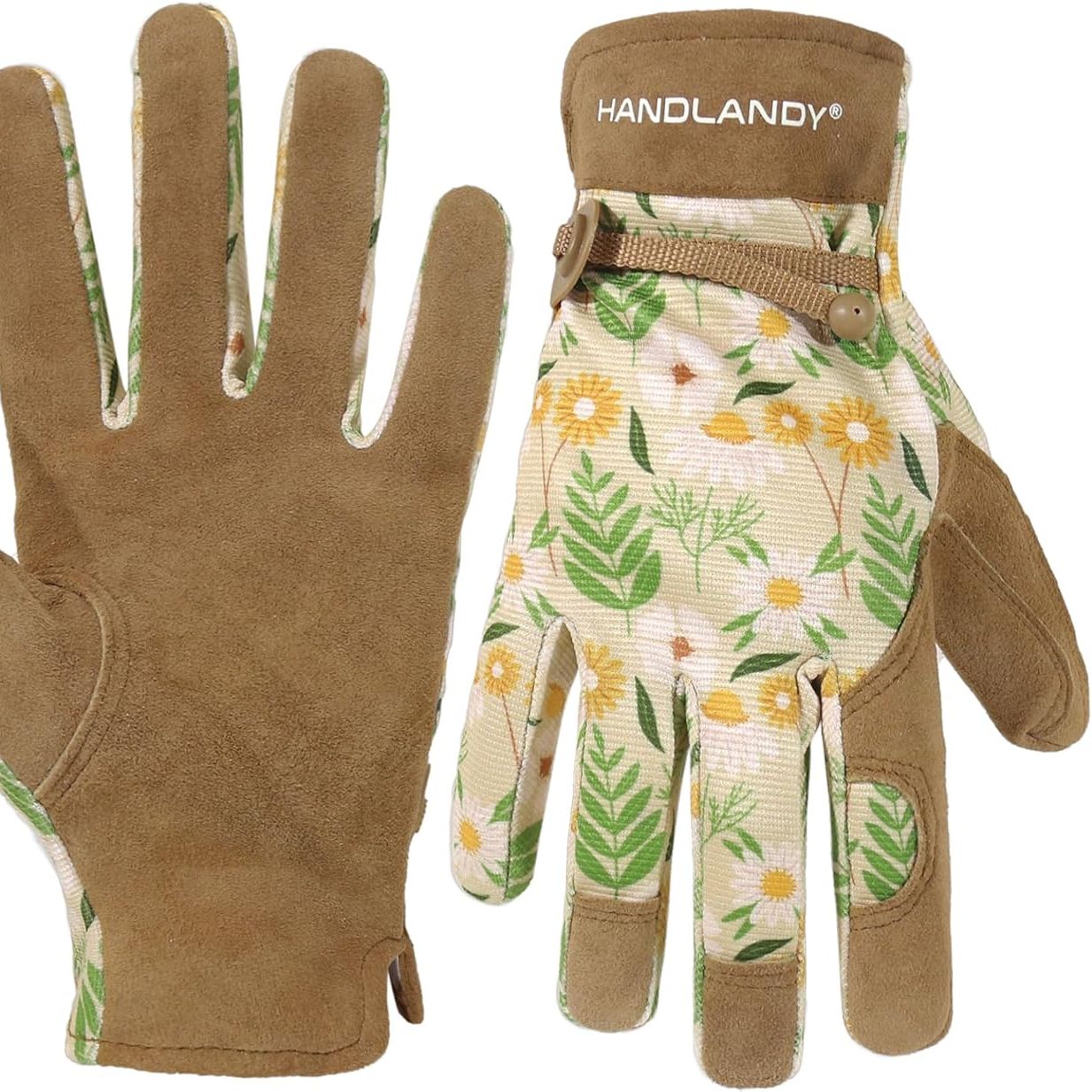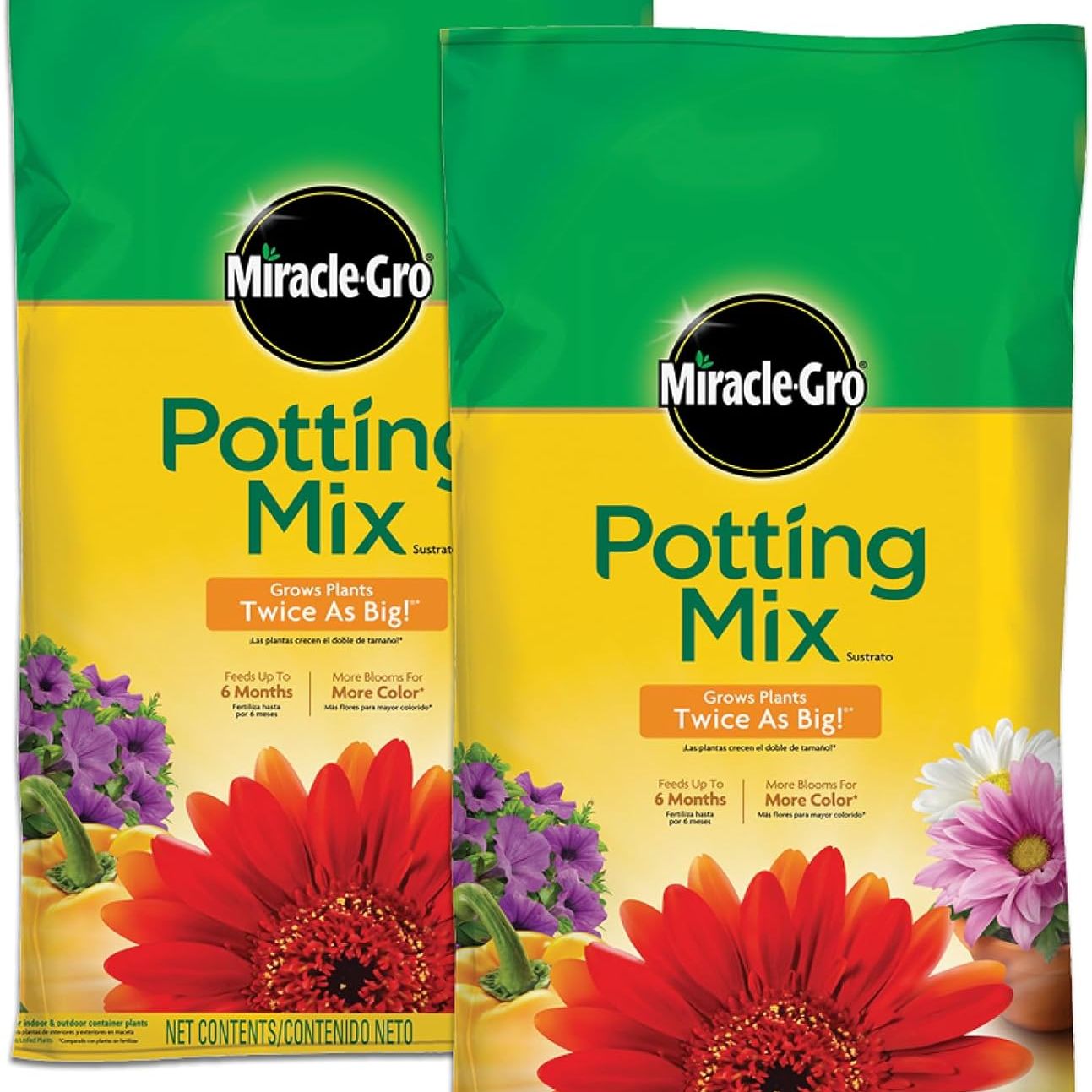Experts Warn These 3 Mistakes Could Ruin Your Containers and Wipe out Potted Plants This Winter – Luckily It’s Easy to Avoid Them
And no, it's not just about insulation
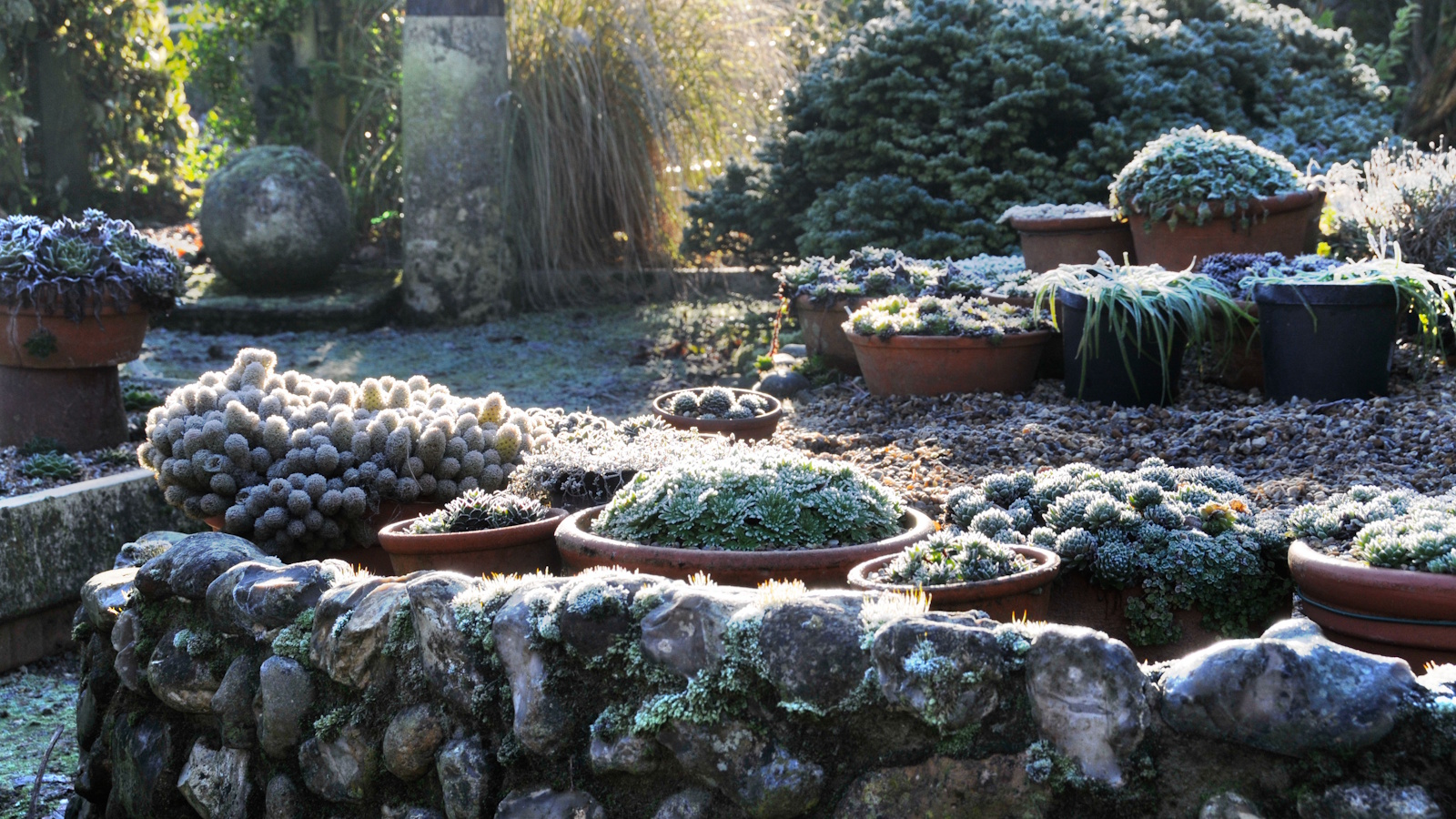

If you haven't already started thinking about frost, now is the time to turn your attention towards preparing your yard. One of the key areas to focus on is your container garden. More specifically, you should be aware of the winter container gardening mistakes so many home gardeners unknowingly make.
A container garden is a wonderful asset for the yard, as it allows you to show off the best seasonal plants. But, failing to care for the best winter flowers for pots correctly could result in their demise and even damage to your containers.
To help you get it right this year, I've enlisted the help of gardening experts. Here, they share three of the most common winter container gardening mistakes and how to avoid them.
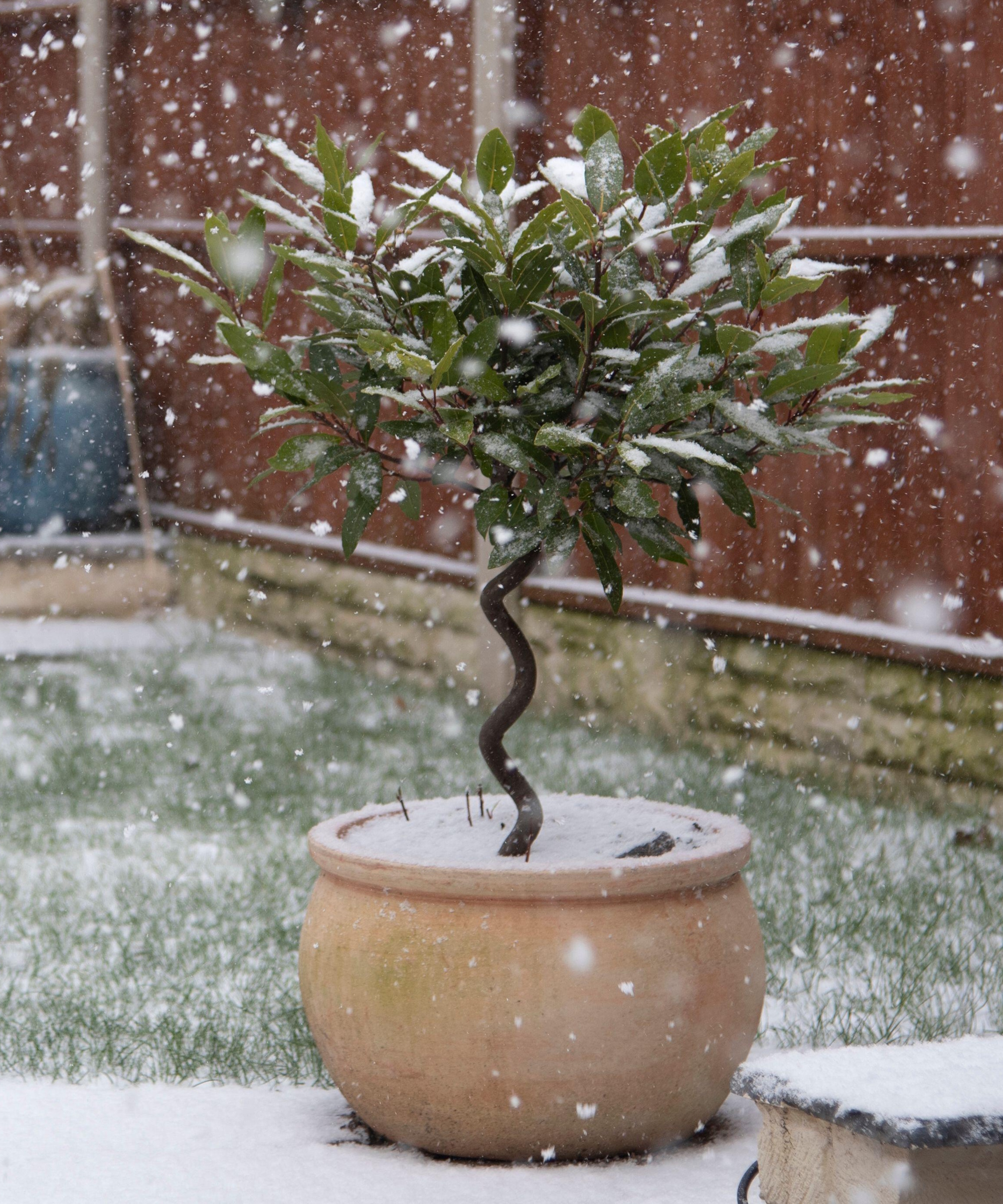
3 winter container gardening mistakes to avoid
If you have containers in your winter garden, it's best to put the right precautions in the place to make sure your pots and plants make it through the harshest season unscathed. These three winter container gardening mistakes are a good place to start:
1. Using too-small pots

The first rule of protecting pots and planters from frost is making sure you're using the right containers. Not only does this refer to frost-proof materials (like this concrete planter from Amazon), it also means choosing the right size.
'You want to use bigger pots,' says Lindsey Chastain, homesteader and founder at The Waddle and Cluck. 'Small pots get colder faster and warm up more slowly,' she explains.
This could result in a number of issues, including roots freezing and pots cracking. Switching to bigger pots will help provide a bit more warmth.
Design expertise in your inbox – from inspiring decorating ideas and beautiful celebrity homes to practical gardening advice and shopping round-ups.
Of course, you need to keep in mind which winter plants you're growing in your containers. It would be a bigger container gardening mistake to use a too-large pot for the type of plants you're growing, which could cause issues such as root rot from oversaturated soil.
If you aren't able to use bigger pots for winter, Lindsey recommends:
'Move pots closer to shelter where they will be out of the wind, use cold frames, or a portable greenhouse (from Amazon). You can clutter pots close together to help save on warmth, too,' she adds.

Lindsey Chastain, a dedicated homesteader and skilled writer, is the driving force behind The Waddle and Cluck, a platform that celebrates sustainable living, gardening, and responsible farming
2. Forgetting to mulch
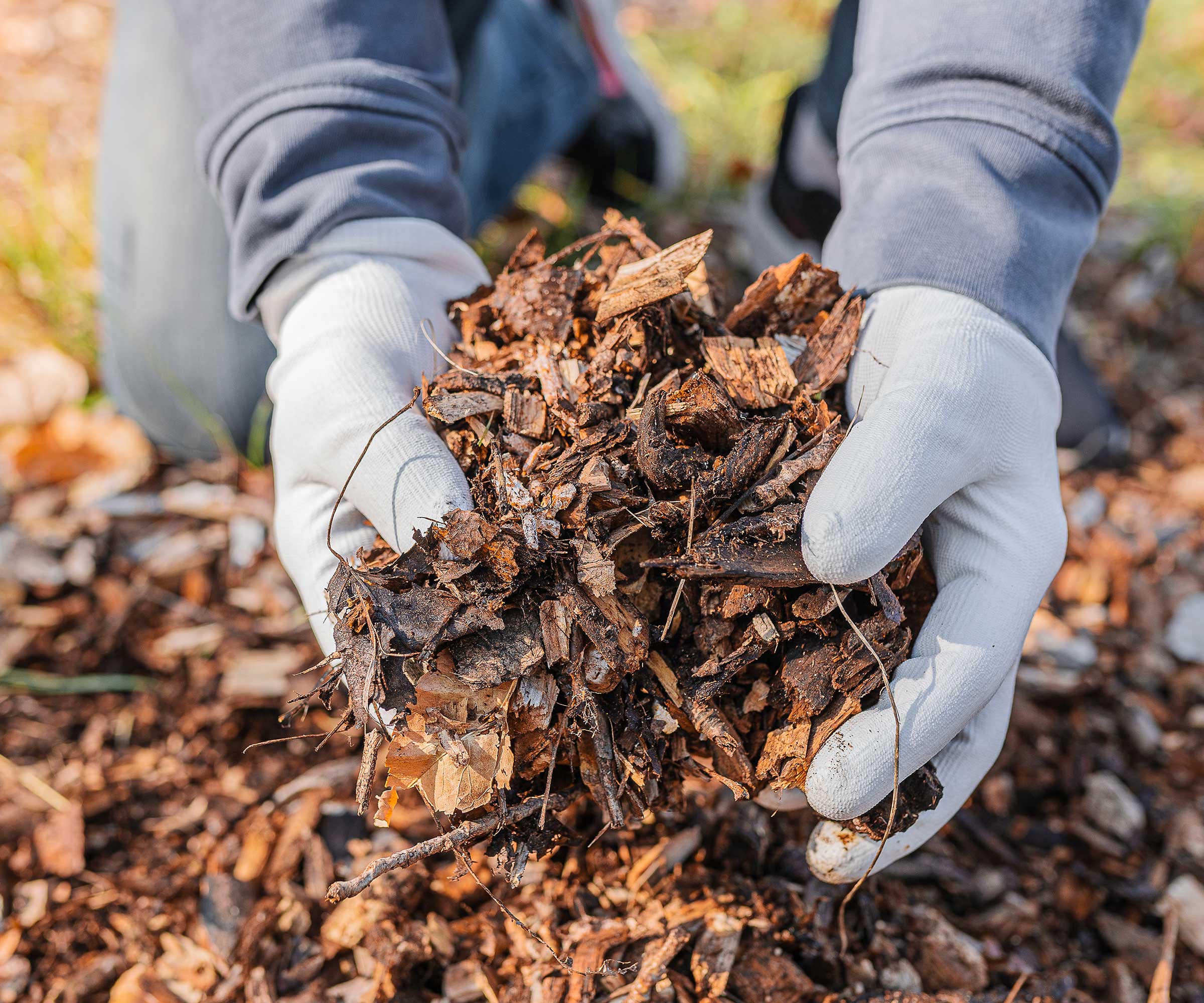
Mulching is a top priority on the fall gardening checklist, insulating plants ahead of frost. But, it can be easy to overlook your containers when it comes to putting mulch down.
'You should mulch with shredded leaves or other organic types of mulching materials,' says Lindsey.
This is especially important for protecting container plants from winter weather because they're more susceptible to freezing than those planted in the ground.
'Aim for about 3-4" deep. That will help keep the soil warmer and protected from winter weather,' advises Lindsey.
If you're struggling to locate mulching materials in your yard, you can purchase mulch online, like this bark chip mulch on Amazon or these rounded coco coir mulch mats for containers from Amazon.
3. Not improving drainage
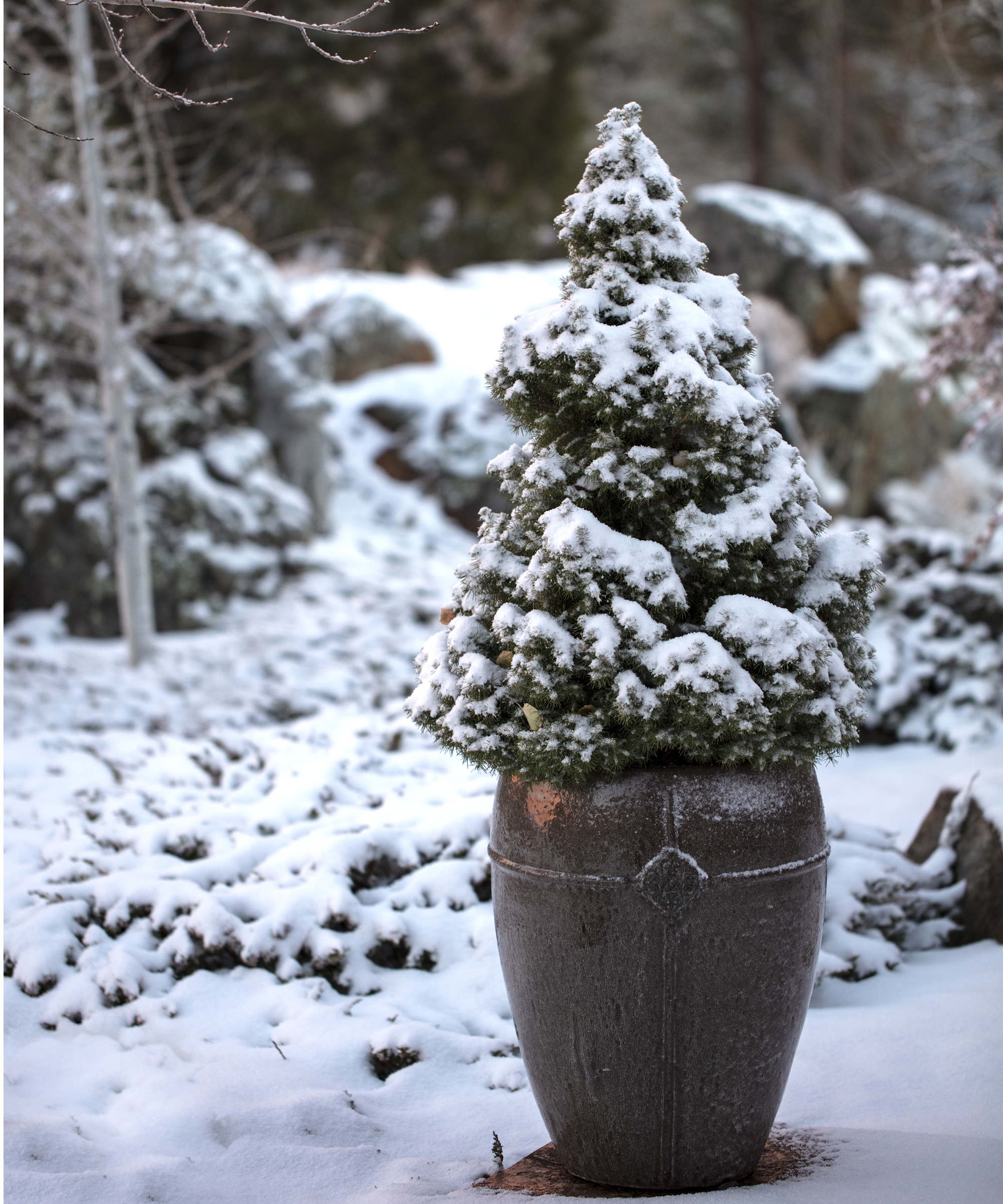
You may think that stopping watering your container plants in the winter is enough to support their moisture needs, but it would be a big mistake to not take steps to ensure they have good drainage. This is especially true for the coldest, wettest winters.
'Waterlogged soil freezes harder, which can damage roots and cause root death. You do not want your soil dry but also do not want standing water,' explains gardening expert Rachel McClure.
For this reason, you should always select containers with drainage holes. If you have containers without drainage holes, you can add drainage holes to planters and put things in your planters to add drainage, like gravel from Amazon.
You can also elevate pots with pot feet (from Amazon) to improve drainage further.
'Ensure you're also using a potting or container mix for your soil, which is formulated to be well-draining,' says Rachel. 'And avoid placing containers where they will get direct rain runoff or snow sluff from your roof that may overwater your containers,' she advises.

Rachel is the Washoe County, Nevada Master Gardener Coordinator for the Extension at the University of Nevada, Reno. She helps run the University of Nevada, Reno Extension Master Gardener program designed to teach research-based Nevada gardening practices to volunteers who in turn share this knowledge with their location communities.
FAQs
Where should I move containers for winter?
Ideally, you should move garden containers under cover for winter, unless you're growing winter plants in them. This will keep spring and summer perennials, and the pots, in fit condition over the winter months. If you can't provide a suitable sheltered spot, like a greenhouse or conservatory, consider winterizing your pots and moving them up against a wall of your house. The warmth of the wall will provide some extra insulation.
The same rule applies for winter window boxes, and for any pots you're planning to put away for winter, our guide to storing terracotta pots in winter can help.
Shop winter container gardening accessories

Tenielle is a Gardens Content Editor at Homes & Gardens. She holds a qualification in MA Magazine Journalism and has over six years of journalistic experience. Before coming to Homes & Gardens, Tenielle was in the editorial department at the Royal Horticultural Society and worked on The Garden magazine. As our in-house houseplant expert, Tenielle writes on a range of solutions to houseplant problems, as well as other 'how to' guides, inspiring garden projects, and the latest gardening news. When she isn't writing, Tenielle can be found propagating her ever-growing collection of indoor plants, helping others overcome common houseplant pests and diseases, volunteering at a local gardening club, and attending gardening workshops, like a composting masterclass.
You must confirm your public display name before commenting
Please logout and then login again, you will then be prompted to enter your display name.
